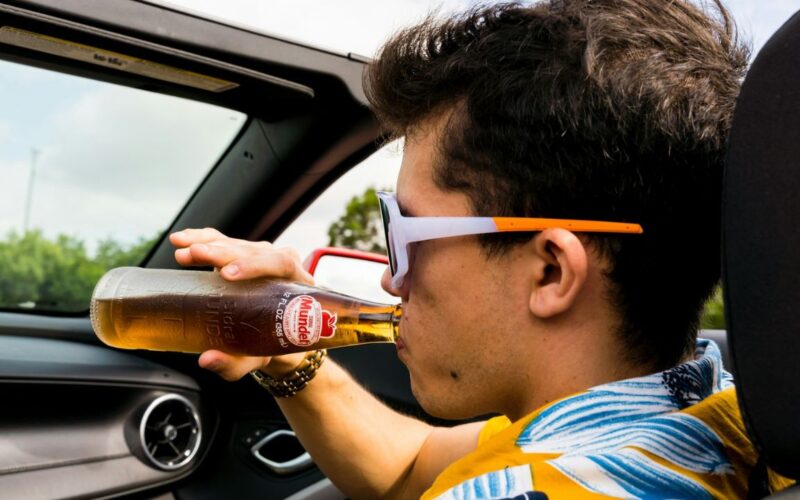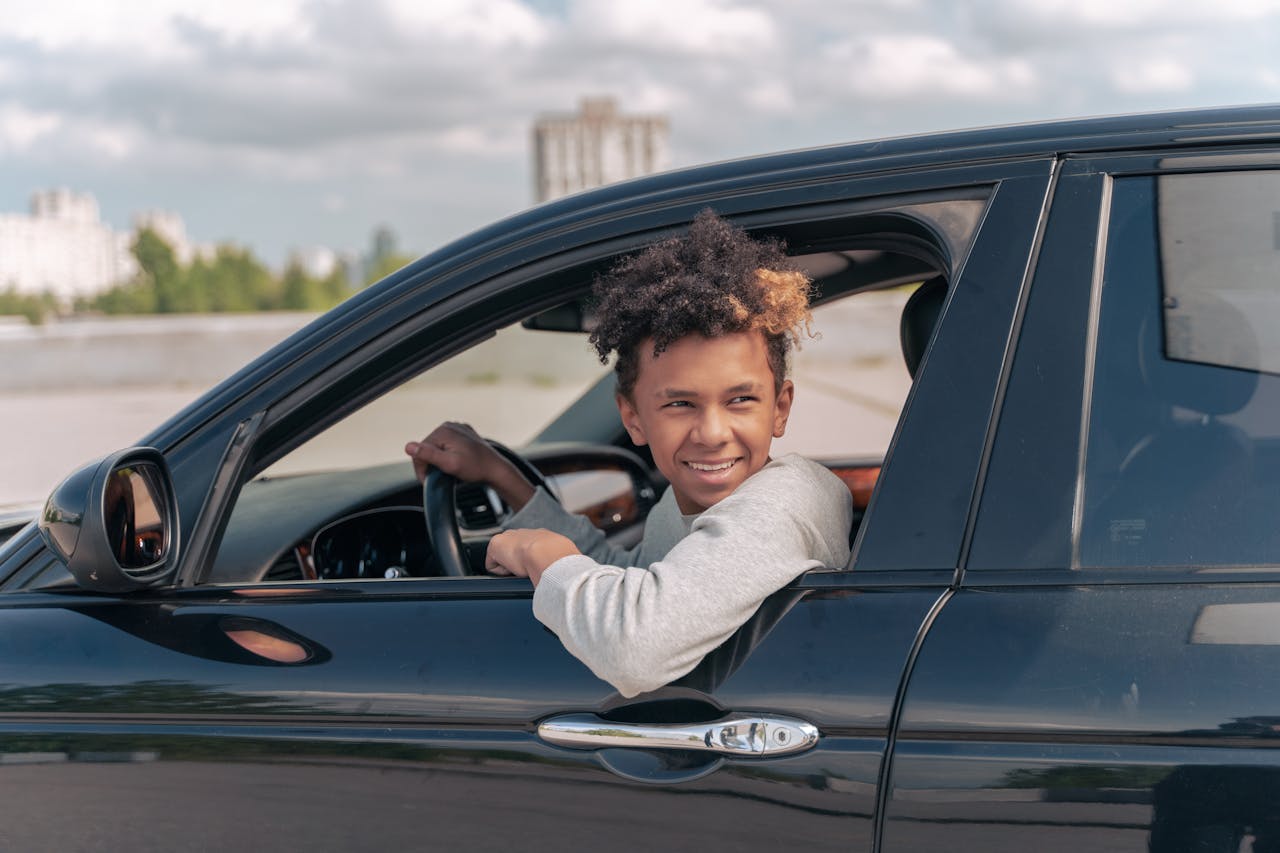Nostalgia softens the 1960s, yet daily life carried risks that are clear in hindsight. Convenience often outran research, and friendly advice replaced tested guidance. Families cruised without restraints, classrooms used fear as a tool, and smoke trailed through kitchens and cars. None of it came from villainy. Much of it came from not knowing better. What stands out now is how evidence shifts habits. Ordinary routines can age into warnings, and small design changes quietly save lives.
No Seatbelts in Everyday Driving

Many cars lacked three point belts, and the ones installed were ignored or tucked away. Parents relied on a quick arm across a child rather than engineering designed to absorb force. As crash data grew and standards arrived, buckling up became automatic. The shift shows how numbers and stories work together. Fear alone rarely changes behavior. Proof does, especially when communities start counting the lives saved and treat buckles as the first step, not an optional chore.
Unsafe Sleep for Babies

Cribs with wide slats and drop sides looked wholesome but created real hazards. Soft bumpers and plush toys felt comforting, while tummy sleeping was common advice. Research later connected these choices to higher risk, and guidance changed fast. Today a firm mattress, a fitted sheet, and an empty sleep space are the baseline. The lesson is practical and humble. When new evidence surfaces, tradition yields. Safety improves when design gets simpler and the baby, not decor, sets the rules.
Corporal Punishment at Home and School

Belts, paddles, and open hands passed for discipline, framed as building character rather than harm. Speaking up risked deeper trouble, and many children learned to navigate fear rather than trust. Development research now links harsh punishment to long term emotional and behavioral costs. Boundaries still matter, yet the method shifted to guidance with consequences that teach, not bruise. Respect grows stronger when it is modeled and expected, not demanded under threat and remembered as pain.
Kids Roaming Streets with Minimal Supervision

Afternoons often meant bikes, empty lots, and a promise to be home by dark. Neighbors acted as informal lifeguards, and traffic felt lighter, even when risks were real. Modern roads are busier, and trust is more fragmented, so roaming zones shrank and schedules grew. Independence still matters, only now it shares space with check ins and clearer rules. The goal is the same as it was then. Keep curiosity alive while stacking the odds in a child’s favor.
Smoking Around Children and During Pregnancy

Cigarettes threaded through living rooms, diners, and station wagons like background music. Secondhand risks were poorly understood, and expectant mothers were sometimes told to cut back, not quit. As evidence mounted, smoke free homes and public spaces became normal, and norms shifted with surprising speed. What once read as adult routine is now a clear health threat. The change shows how culture moves when science is patient, visible, and paired with places that make the safer choice easy.
Cars Without Child Seats
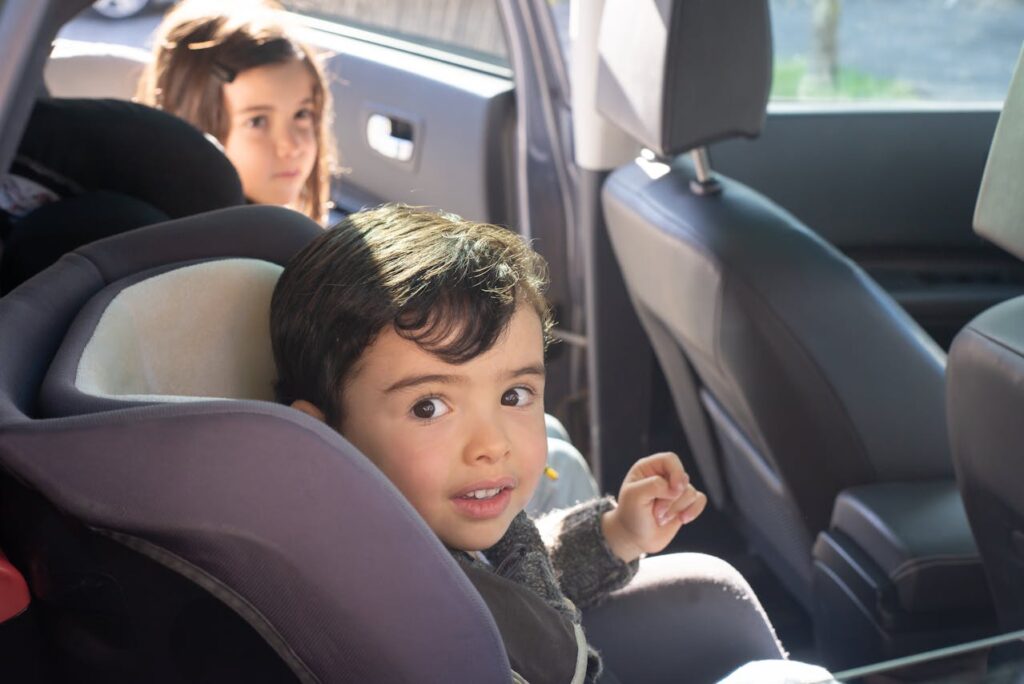
Toddlers slid across vinyl benches or slept across laps while engines hummed. Early carriers focused on convenience and looks, not crash protection, and rules lagged behind open highways. Now car seats, testing, and hospital checks are standard, and installation turns into a rite of passage. Expectations led the market, and the market followed with better design. When families treat protection as non negotiable, regulations and engineering catch up fast, turning small clicks into large differences in outcomes.
Trampolines with No Nets or Rules

Backyard trampolines promised flight, not guardrails. Several kids bounced at once, and landing on the frame or grass counted as part of the story. Twisted ankles were badges rather than warnings. Today enclosures, pads, and one at a time rules are the norm. Joy did not vanish. The fall just became less punishing. The lesson is plain. Fun survives safety when the gear is designed to forgive mistakes and the rules match the way children actually play.
Walking to School Alone from a Young Age
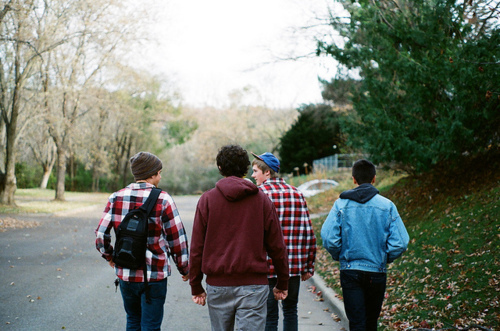
Elementary school commutes often began with a wave and a sidewalk. Crossing guards and shopkeepers formed a loose safety net while parents worked or managed younger kids. Modern scrutiny, busier roads, and fuzzy laws reshaped routines, sometimes criminalizing choices once called practical. The debate now sits between resilience and risk, since readiness varies by age, route, and neighborhood. When communities invest in safer streets, independence and caution can travel together without turning every errand into a gamble.
Biking without Helmets
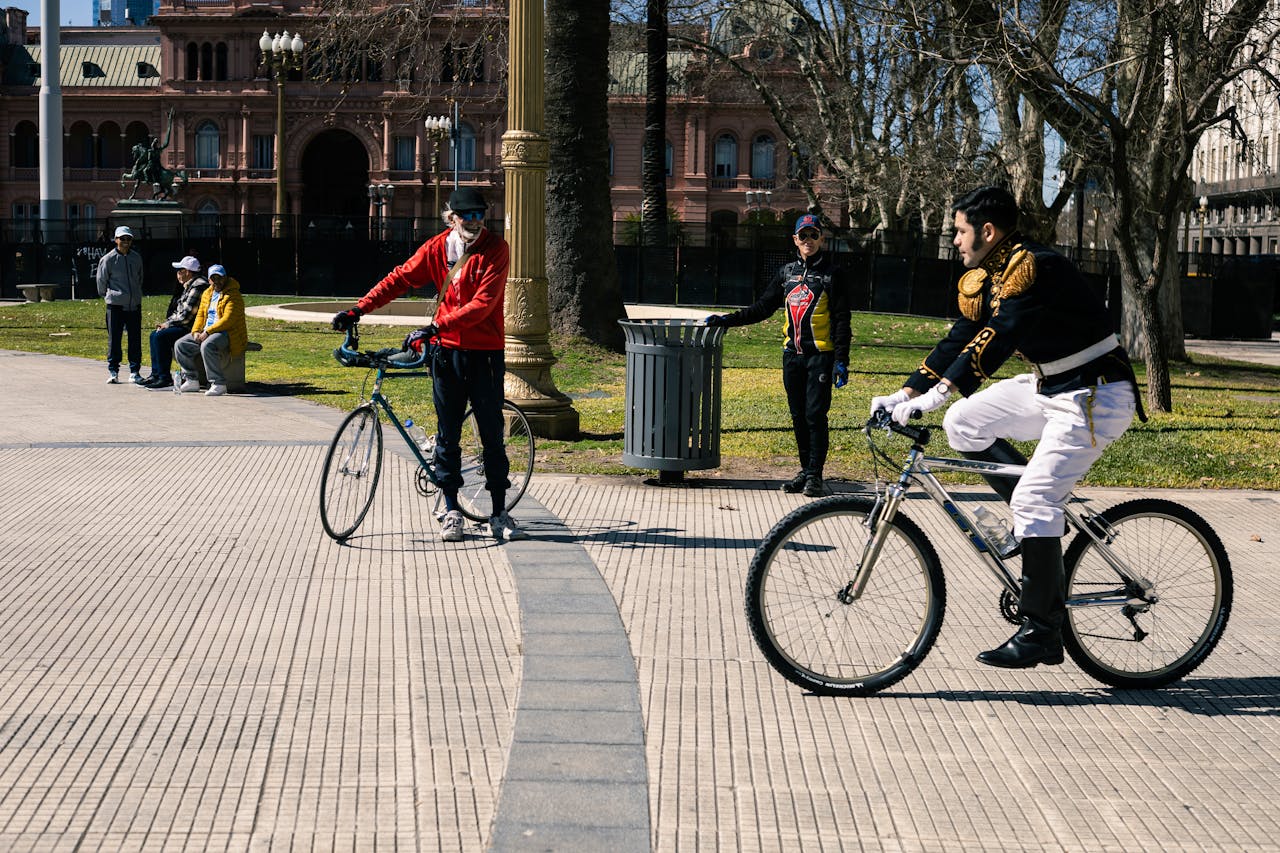
Wind in the hair defined freedom, and scraped knees were the price of speed. Helmets were rare, bulky, or dismissed as unnecessary for short rides. Injury data and state laws reframed head protection as basic gear, not a fashion problem. Designs got lighter and cooler, and habits shifted with them. Style learned to serve survival. One fall can alter a life, and communities eventually decided that the small inconvenience of a shell beats the heavy load of regret.
Hitchhiking on Highways

Thumbs out at on ramps symbolized trust, thrift, and adventure. Stories of kindness and chance meetings traveled farther than caution did. Rising crime fears, media narratives, and better transit options cooled the habit, and spontaneity began to feel like a gamble rather than a charm. The romance of the open road remains in film and memory. In practice, rides now move through vetted platforms with names, routes, and receipts that give strangers a path to accountability.
Drinking from the Garden Hose

Summer tasted like warm hose water that no one questioned. Few considered lead content, bacteria, or how long the line baked in the sun. As awareness grew, families shifted to kitchen taps, refill stations, and hoses labeled drinking safe. The nostalgia is intact, only with a filter of caution. Small choices add up over years. It turns out that avoiding avoidable exposure is not fussy. It is simply choosing better water when the better option is nearby.
Tanning without Sunscreen

A deep tan read as vitality, and baby oil was the shortcut, not a shield. The slow fuse of sun damage hid consequences until decades later, making warnings easy to ignore. Dermatology campaigns, clear labels, and sun smart clothing reframed bronzed skin as a managed risk. Rituals changed from chasing color to pacing exposure, hats on at noon, shade built into afternoons. Beauty standards bend when the bill comes due through spots, wrinkles, and preventable cancers.
Kids Swimming in the Ocean with Little Oversight

Beach days often meant children wading past the breakers while adults chatted on blankets. Rip currents and drop offs felt like scenery rather than moving systems. Public warnings, clearer flags, and trained guards widened respect for the sea. Families now read conditions and pick guarded stretches, treating the shoreline as something alive. There is still joy in the water. The difference is attention. Fun lasts longer when it listens to currents and lets caution set the depth.
